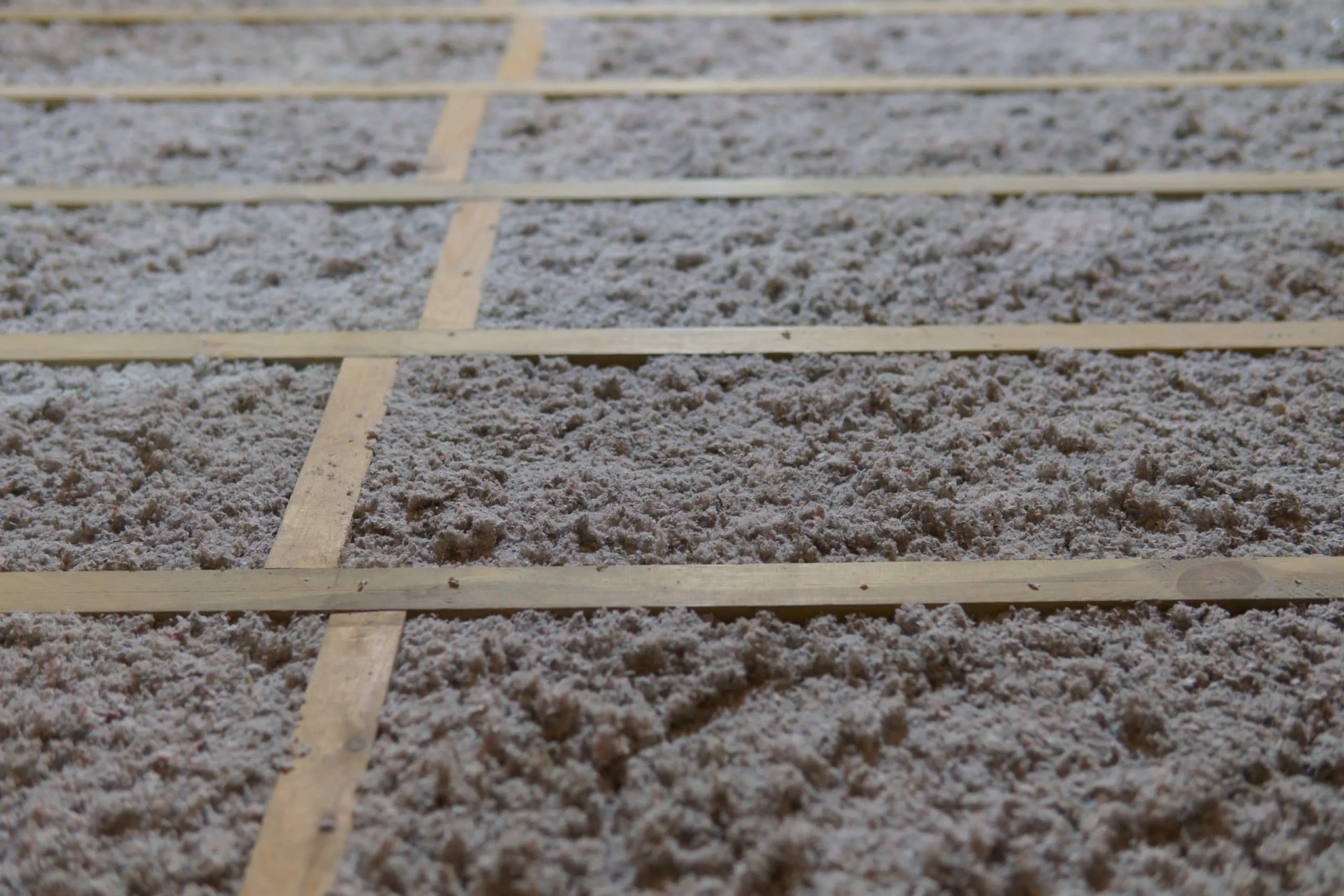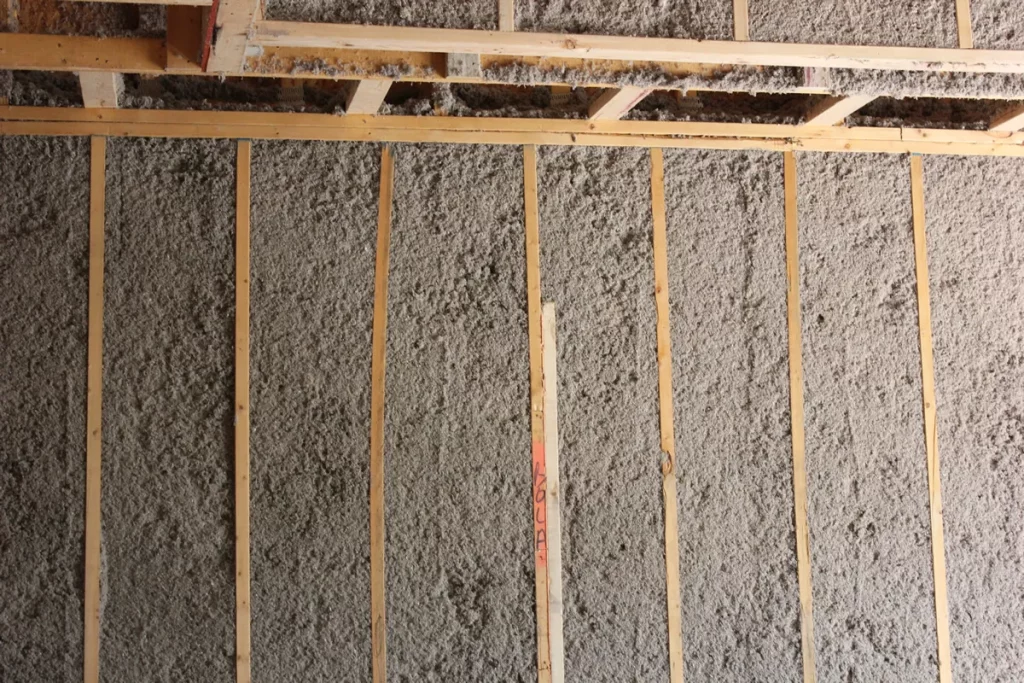
Most blown-in insulation should be replaced or topped off when thermal performance drops, moisture is present, or visible settling occurs. In older homes, insulation may degrade after 15-20 years. Homes built before 2000 commonly lack sufficient R-value by today’s energy standards. A professional inspection often reveals whether the insulation has shifted, compacted, or absorbed moisture, all of which reduce effectiveness.
Poor attic ventilation, rodent activity, water leaks, and compressed layers contribute to heat loss and higher energy bills. In regions with humid summers and cold winters, such as western Kentucky, insulation degradation is accelerated by seasonal temperature fluctuations. This article outlines when to replace or add blown-in insulation, including technical comparisons and key pre-decision considerations.
Armored Insulation draws on direct field experience in crawl spaces, attics, and retrofit projects to guide property owners through insulation maintenance backed by real-world outcomes.
| Condition | Indication | Required Action |
|---|---|---|
| Settling > 20% | Reduced insulation depth | Top off |
| Moisture damage | Mold, mildew, clumping | Remove & replace |
| Rodent debris | Contamination, odor | Remove & replace |
| Inconsistent indoor temps | Hot/cold spots | Inspect & top off if low |
| Energy bills increasing | Gradual rise in usage | Inspect insulation depth |
Bonus Tip: Use a ruler to measure insulation depth in several attic locations. Compare to the recommended R-value depth for your region.
| Material Type | R-Value per Inch | Settling Rate | Moisture Resistance | Average Lifespan |
|---|---|---|---|---|
| Cellulose | 3.2 – 3.8 | High | Moderate | 15 – 20 years |
| Fiberglass | 2.2 – 2.9 | Low | High | 20 – 30 years |
| Mineral Wool | 3.0 – 3.3 | Very Low | Very High | 30+ years |

Blown-in insulation lifespan varies by climate, attic conditions, and exposure.
According to the U.S. Department of Energy, inadequate insulation in attics accounts for up to 25% of heating energy loss in single-family homes (DOE, 2024).
Bonus Tip: Install insulation rulers in attic corners during a top-off to track future settling more easily.
Measure the depth and compare to recommended levels for your climate. A drop of more than 20% signals a top-off.
If insulation is dry and uncontaminated, topping off is usually sufficient. Remove only if damaged or pest-infested.
In most cases, vapor barriers are not needed with blown-in attic insulation. Regional humidity levels may require one under certain conditions.
If dry and clean, yes. But mold, mildew, or rodent issues require complete replacement.
Armored Insulation offers the following relevant services:
To determine whether your existing blown-in insulation needs replacement or topping off, consult an experienced contractor who can assess R-values, material condition, and attic airflow.
Contact Armored Insulation for guidance:
Every 3-5 years, or sooner if you notice temperature imbalances or increased energy bills.
Yes, as long as the existing layer is dry, clean, and not compressed.
Yes. Settling, moisture, and air infiltration reduce effective R-value.
Minimal in attics, but blocking vents or improper layering can trap moisture. Always leave soffit vents unobstructed.
Yes. Wet insulation loses all thermal value and fosters mold.